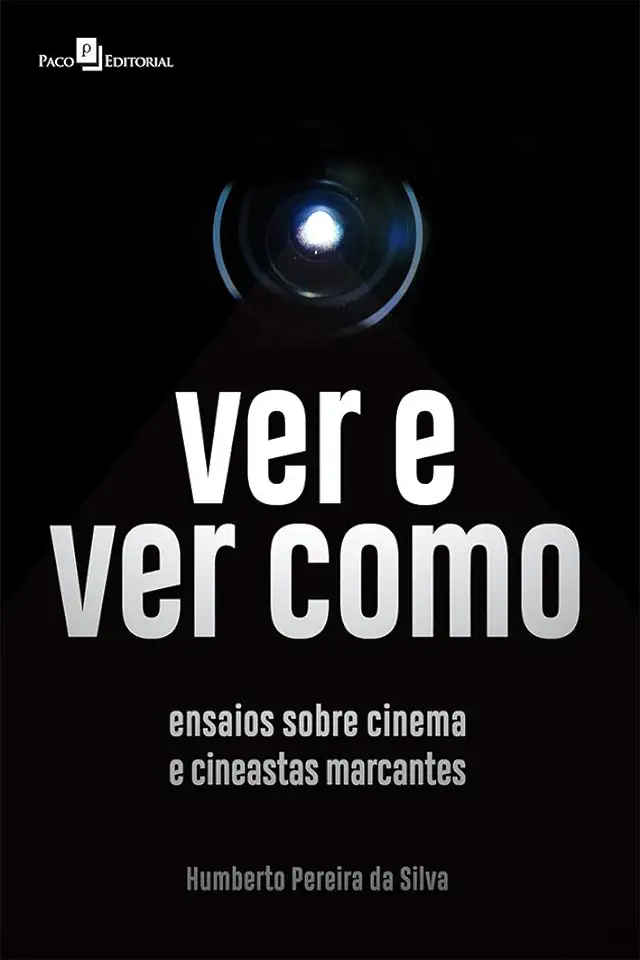
Seeing and Seeing How - Silva, Humberto Pereira da
Seeing and Seeing How: A Philosophical Study of Visual Perception
Introduction
In Seeing and Seeing How, Humberto Pereira da Silva offers a comprehensive and insightful philosophical study of visual perception. Drawing on a wide range of sources, including phenomenology, cognitive science, and philosophy of mind, Silva develops a novel account of visual perception that emphasizes the role of active seeing and the importance of embodied experience.
The Phenomenology of Visual Perception
Silva begins by examining the phenomenology of visual perception, arguing that seeing is not a passive process of receiving information from the environment, but rather an active process of constructing meaning. He draws on the work of phenomenologists such as Maurice Merleau-Ponty and Edmund Husserl to argue that visual perception is fundamentally embodied, and that our experience of the world is shaped by our bodily movements and interactions.
The Role of Attention in Visual Perception
Silva then turns to the role of attention in visual perception, arguing that attention is not simply a spotlight that we shine on the world, but rather a complex process of filtering and organizing information. He draws on the work of cognitive scientists such as Anne Treisman and Daniel Kahneman to argue that attention is influenced by a variety of factors, including our goals, expectations, and beliefs.
The Importance of Embodied Experience in Visual Perception
Silva goes on to argue that embodied experience is essential for visual perception, and that our understanding of the world is shaped by our physical interactions with it. He draws on the work of philosophers such as Andy Clark and Alva Noë to argue that our bodies are not simply instruments for perceiving the world, but rather are constitutive of our experience of the world.
The Implications of Silva's Account of Visual Perception
Silva's account of visual perception has a number of implications for our understanding of the mind, the body, and the world. He argues that visual perception is not a purely cognitive process, but rather a complex process that involves the whole person. He also argues that our experience of the world is not objective and neutral, but rather is shaped by our embodied experience and our cultural context.
Conclusion
Seeing and Seeing How is a major contribution to the philosophical study of visual perception. Silva's account is comprehensive, insightful, and persuasive, and it offers a new way of understanding the role of vision in our experience of the world. This book is essential reading for anyone interested in the philosophy of mind, the philosophy of perception, or the cognitive science of vision.
Why You Should Buy This Book
Seeing and Seeing How is a must-read for anyone interested in the philosophy of mind, the philosophy of perception, or the cognitive science of vision. Silva's account is comprehensive, insightful, and persuasive, and it offers a new way of understanding the role of vision in our experience of the world.
This book is also a pleasure to read. Silva's writing is clear, concise, and engaging, and he does an excellent job of explaining complex philosophical ideas in a way that is accessible to a wide range of readers.
If you are interested in learning more about visual perception, I highly recommend that you buy this book. It is a valuable resource that will provide you with a deeper understanding of one of the most important aspects of our experience of the world.